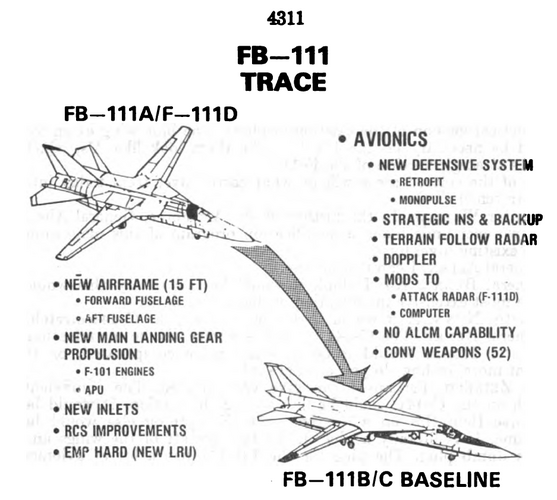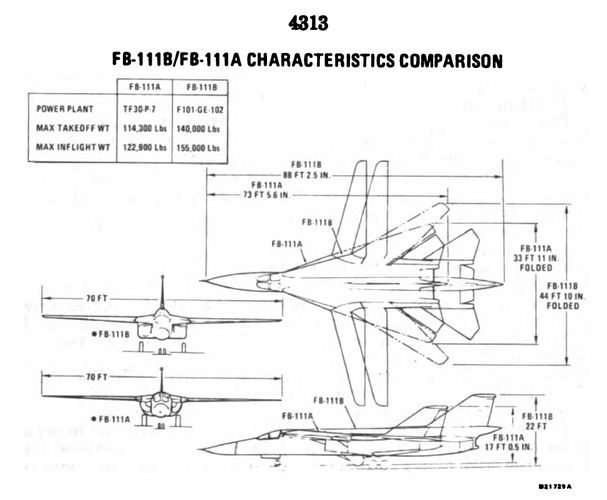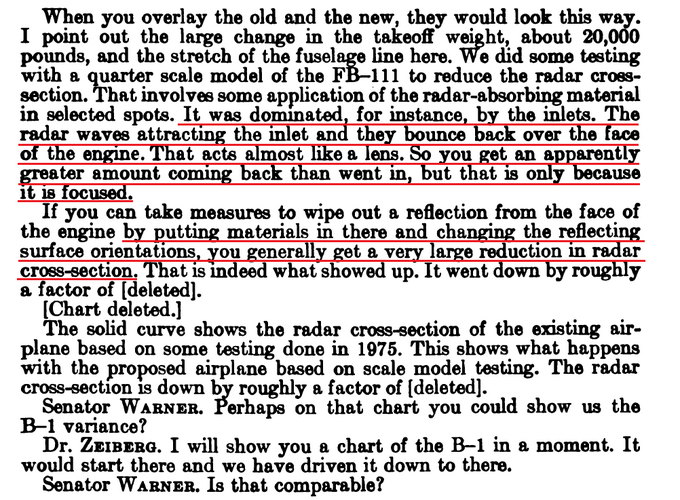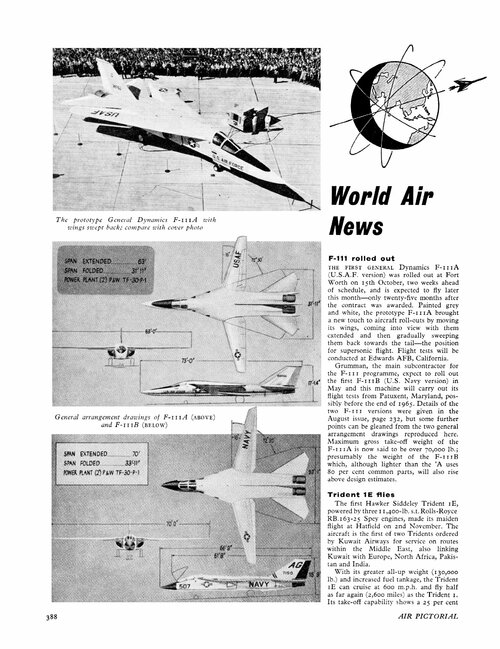jstar
ACCESS: Secret
- Joined
- 12 October 2007
- Messages
- 345
- Reaction score
- 422
Was the FB-111A actually two feet longer than the F-111A? Both Jay Miller and Burt Kinzey in books on the F-111 (only sources I have available) claim this to be so.
I can't see any visual indications that the fuselage was actually stretched, and think the two feet claim likely came from misreading the various dimensioned drawings.
Thoughts?
I can't see any visual indications that the fuselage was actually stretched, and think the two feet claim likely came from misreading the various dimensioned drawings.
Thoughts?


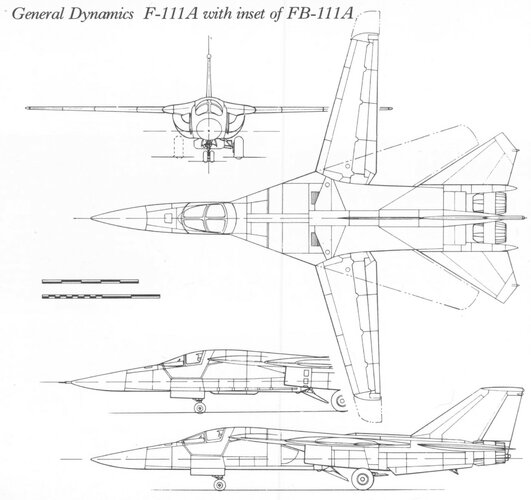
![DF-SC-83-05304[1].jpeg DF-SC-83-05304[1].jpeg](https://www.secretprojects.co.uk/data/attachments/220/220316-ee49535a9dd4dca780eec961fd23075f.jpg)
